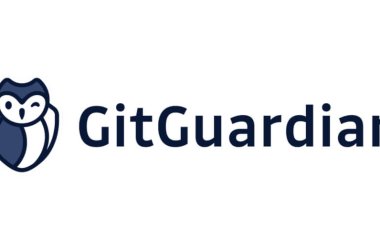Exploit packages in-the-wild became the game changer of the cyber threat landscape in Q2 2017. In just 3 months, according to Kaspersky Lab’s Q2 malware report. The vendor’s products have blocked more than five million attacks that involved exploits from archives leaked on the web. The growth peaked at the end of the quarter, indicating the unrelenting scale of this cyber threat.
An exploit is a type of malware that uses bugs in software to infect devices with additional malicious code like banking Trojans, ransomware or cyber espionage malware. Attacks conducted with the help of exploits are among the most effective as they generally do not require any user interaction, and can deliver their dangerous code without the user suspecting anything. Such tools are therefore widely used, both by cybercriminals seeking to steal money from private users and companies, and in sophisticated targeted attacks hunting for sensitive information.
The second quarter of 2017 experienced a massive wave of these in-the-wild vulnerabilities due to a number of exploits being leaked on the web. This entailed a significant change in the cyber threat landscape. The major kick-off was the Shadow Brokers’ publication of the “Lost In Translation” archive, which contained a large number of exploits for different versions of Windows.
Despite the fact that most of these vulnerabilities were not zero-day vulnerabilities and were patched by the Microsoft security update a month before the leak, the publication led to disastrous consequences. The average number of attacks per day is constantly growing: 82% of all attacks were detected in the last 30 days of the quarter.
The damage from malware that used exploits from the archive as well as the number of infected users is beyond counting – with ExPetr and WannaCry pandemics being the most notable examples. Another example is the CVE-2017-0199 vulnerability in Microsoft Office, discovered in early April. Despite the fact that it was patched in the same month, the number of attacked users peaked at 1.5 million. Overall, 71% of attacks on these users exploited the CVE-2017-0199 vulnerability.
“The threat landscape of Q2 provides yet another reminder that a lack of vigilance is one of the most significant cyber dangers. While vendors patch vulnerabilities on a regular basis, many users don’t pay attention to this, which results in massive-scale attacks once the vulnerabilities are exposed to the broad cybercriminal community,” notes Alexander Liskin, security expert at Kaspersky Lab.





